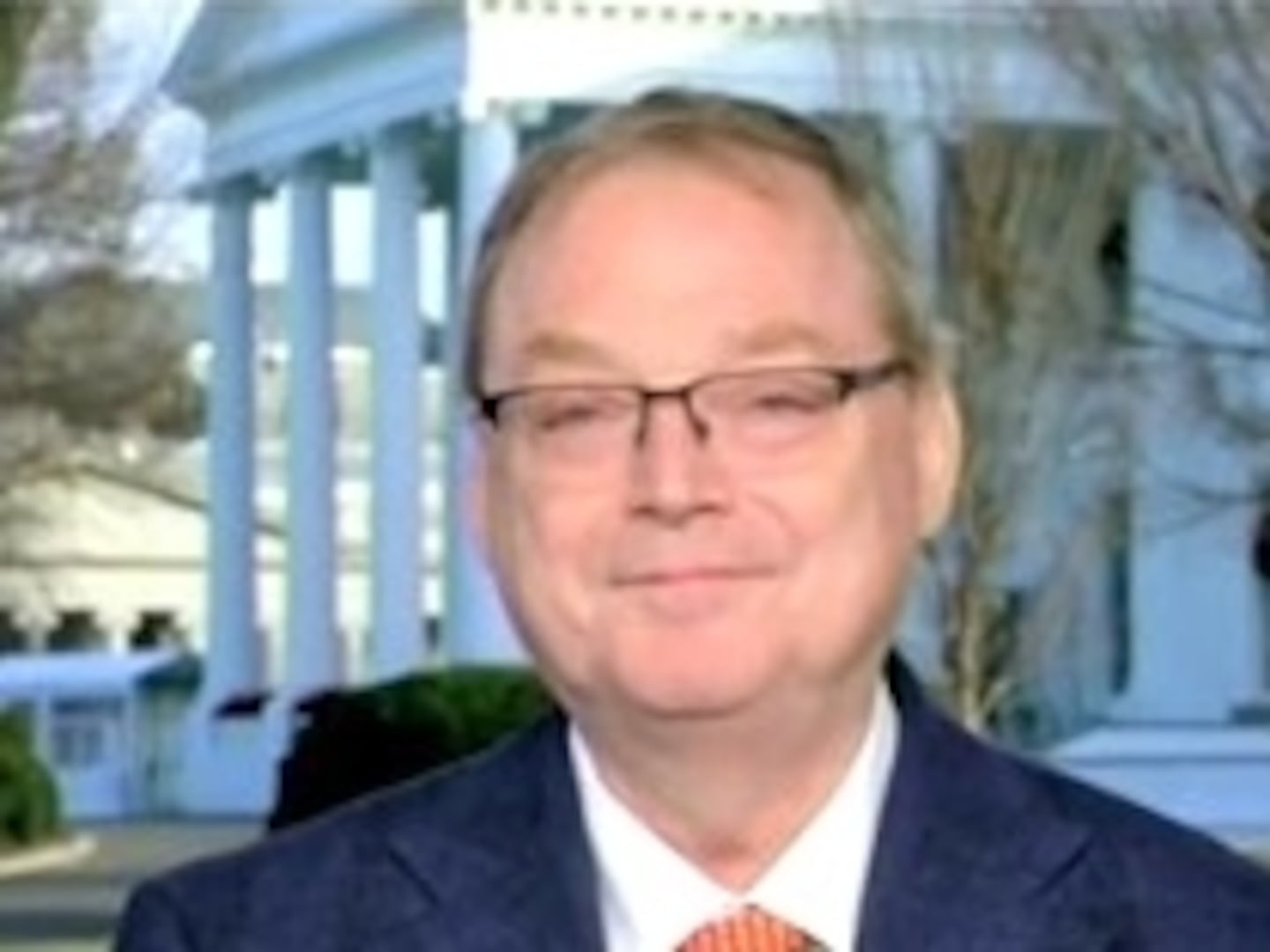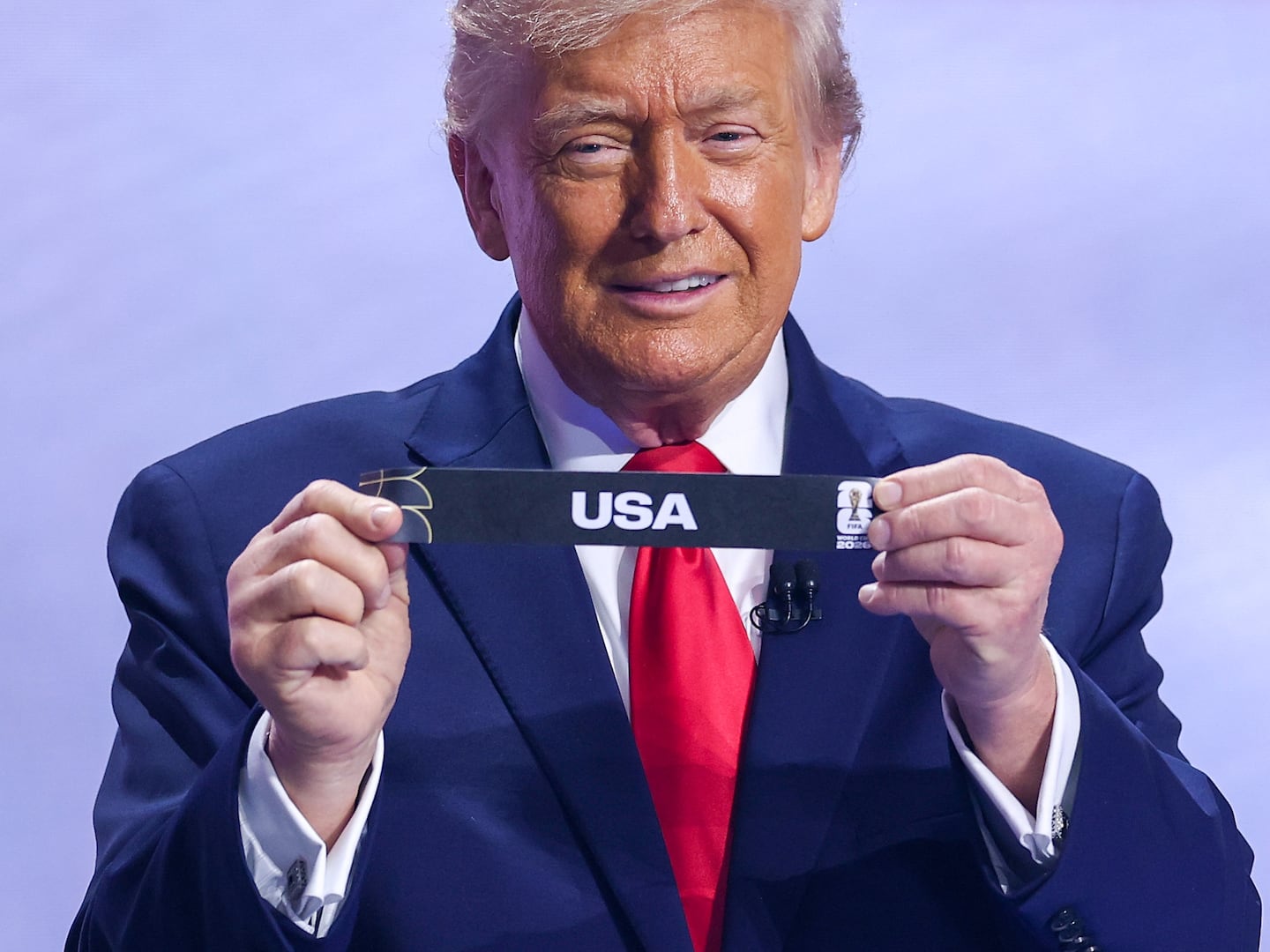There’s never been a better time to be a wedding planner in New York. Aside from the social or political impact of the state legalizing gay marriage late last week, the rise in weddings will offer an unprecedented boost to the bottom line of every business involved in the wedding industry. More weddings mean more business for hotels, reception venues, caterers, airlines, bakeries, and boutiques.
“The same number of people have been getting married every year for the last 20 years,” says Carley Roney, co-founder and editor in chief of TheKnot.com, a wedding planning site. “Gay marriage is literally the only thing that has the potential to change the size of the wedding industry.”
Considering New York City’s ingrained tourism appeal, the state’s most populated city is certain to become a destination for thousands of American same-sex couples wanting to wed. “Of course there will be a rush of City Hall weddings,” says Roney, “creating a mini gay Vegas.” The city’s official tourism arm, NYC & Co. is already developing a global marketing campaign to encourage tourists to say “I Do” in the Big Apple.
So how much will this mean for the Empire State? Officially, a report from the Independent Economic Conference projected that same-sex unions would generate about $284 million in additional wedding revenue and tourism and put another $27 million in taxes and license fees into the state’s coffers over the next three years. Brad Sears, the executive director of the Williams Institute at UCLA Law School, which has released similar studies for 15 other states and D.C., estimates a more conservative $225 million of economic activity, taking into account the state’s 9,000 couples that are already married.

But these figures are—intentionally—very conservative, using an average spend of $4,000 per wedding. Given that the average wedding in New York City costs about $70,000, while national average spend is closer to $30,000, according to The Knot, the impact is likely to be far, far bigger. Using the IDC’s estimate of 66,000 couples to marry in the next three years, that means at least $2 billion will be spent on same-sex weddings. Add in the amount spent on wedding rings and on gifts from guests, and the total injected income will average nearly $1 billion a year for the next few years.
Hotels and event spaces will see the largest bonus, as couples usually spend about half of the wedding budget on the reception venue. Other businesses seeing some of that cash include photographers and videographers, bands and DJs, which each get about 15 percent of the total wedding spend, and florists, which make up about 7 percent. Plus, with an average of 75 guests per wedding spending around $115 on gifts, another $500 million will be spent on gifts. And let’s not forget jewelers. The average outlay for an engagement ring in 2010 was $5,392—if even half of the couples spend that amount, that’s another $200 million in diamonds in the next three years. For a full breakdown of which businesses will benefit from the added bucks, click here.
Another bonus to broadening the right to wedded bliss: jobs. Census figures estimate there are 42,618 gay couples living in New York. With between 12,000 and 20,000 in-state couples expected to marry in the next three years, plus another 40,000 out-of-state couples, the added dollars from tourism are enough to create and sustain more than 2,000 additional jobs, according to The Williams Institute.
Same-sex couples are expected to spend less on weddings if they already had commitment ceremonies or weddings in other states, or may not want a lavish ceremony due to age or timing. (It may mean more to a couple to tie the knot on the day it becomes legal in New York, than to secure a five-tier cake and a 200-person guest list). But, as Roney points out, same-sex households tend to have more disposable income and a higher median income. The most recent figures available indicate that same-sex couples earn an average of $80,610 compared to the $73,655 average income of married heterosexual couples.
Of course, just as there are lots of local winners, there are more losers (from an economic standpoint). As thousands of couples descend on the Empire State to say their vows, their home states are missing out on the millions they spend. It seems even in marriage, there’s a first-mover advantage.






